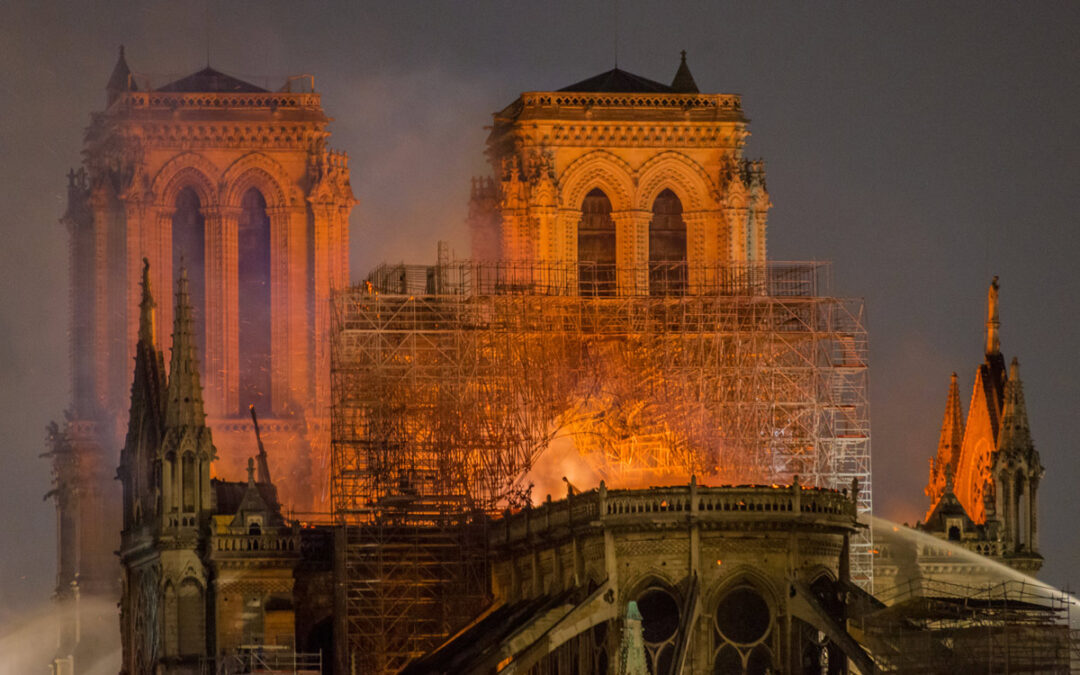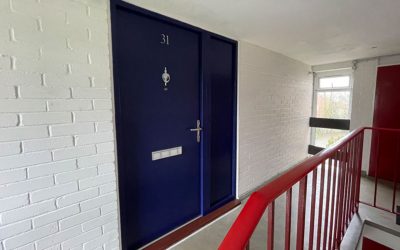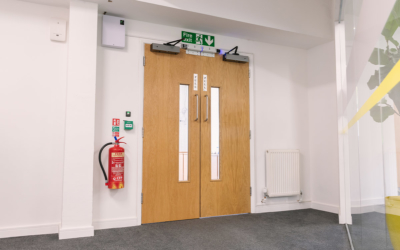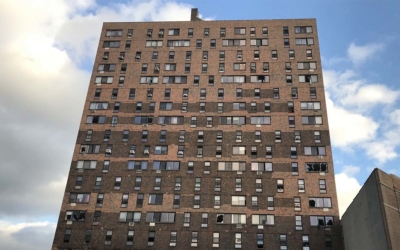After the fire that broke out at Notre-Dame in Paris in April 2019, there has been a lot of discussion about how best to deal with fires in historic or listed buildings.
The firefighters who arrived at the scene had a protocol to follow, that had been previously planned in the case of such events. This procedure expressed the order of priority of what needed to be saved: people, art, the altar, any furniture possible and then the building.
Following this protocol meant that no one was harmed and most of the historic treasures had been saved. Some of the building was completely destroyed, however, the fire was eventually controlled and a lot of the interior survived, meaning that there was hope for a full restoration.
How should fire be dealt with in historic and listed buildings?
Plan and prepare
It is vital that there is a procedure in place that states exactly what needs to happen in the event of a fire- just like the one in place for Notre-Dame. This will not only help people to be saved but for irreplaceable items to be retrieved.
To plan for the event of a fire, you will need to have up-to-date building plans. These can help to locate key artefacts, fire exits, evacuation routes and fire safety equipment. All of this information will show how best to respond.
The Technical Director from the Fire Protection Association has also pointed out the importance of planning and preparing, saying:
Fire Prevention Methods
Avoiding a fire is the obvious best scenario. A fire risk assessment is a good place to start as this will identify the areas of concern. Once these have been identified, you can take steps to reduce the risk. For example, in a church, a big risk area could be curtains and drapes hanging over walls. To minimise the risk of these, you would ensure they are not placed near any ignition sources such as a lamp or candle and move them away from any fire exits or evacuation routes.
Protect
Fire safety equipment is key when it comes to tackling a fire. This can include: fire extinguishers, sprinkler systems, fire curtains, alarm systems, and anything else that will prevent the spread of fire.
Installing fire safety products can be controversial as they can affect the aesthetics of historic and listed buildings, however, there are options that will create minimal disruption to the structure and visuals, whilst still offering protection.
Maintain
After the assessments, plans and modifications have been carried out, they will need to be routinely reviewed. If anything changes, there may be new risks, for example, if there is construction work on site. Or, you may carry out a fire drill which uncovers faults in the original plan. By carrying out regular checks, you will avoid any shortcomings in your plan.
Historic and listed buildings are extremely meaningful and important to heritage as they hold so many memories and have survived through events that shape a country. Just like how the Notre-Dame has been standing tall for 800 years, even surviving through two world wars.
You might also like
Q&A: The Lowdown on Fire Doors
With new developments happening thick and fast, we caught up with our Senior Commercial Manager, Alex Babbage, to get the lowdown on recent fire door projects at Fireco. This includes info about our tailor-made inspection software, DorTrak, which will provide you with a live view of your inspection as it’s happening.
Q&A with Fireco’s expert: how to keep fire doors compliant
We interviewed Martin Pearce, our resident fire door expert, inspector and installer, to answer some common questions about fire doors and how to keep them compliant.
Some Of Our Door Closers Are Still Missing.
It’s not easy to write about actual fires. Where lives have actually been lost. It’s a sensitive subject, after all. I don’t enjoy it. No doubt there’ll be some who will (I would say somewhat cynically) assume that, by doing so, one is taking advantage of a tragedy,...




